Tattoos are quite popular, but many individuals want their tattoos removed. Patients often tell me that they made a hasty decision when they were younger, and are now embarrassed by their tattoo. People also come in and ask to have the name of an ex-significant other erased. Visible or specific tattoos are sometimes not accepted in certain professional contexts. Fortunately, laser technology can help people deal with “tattoo regret”.
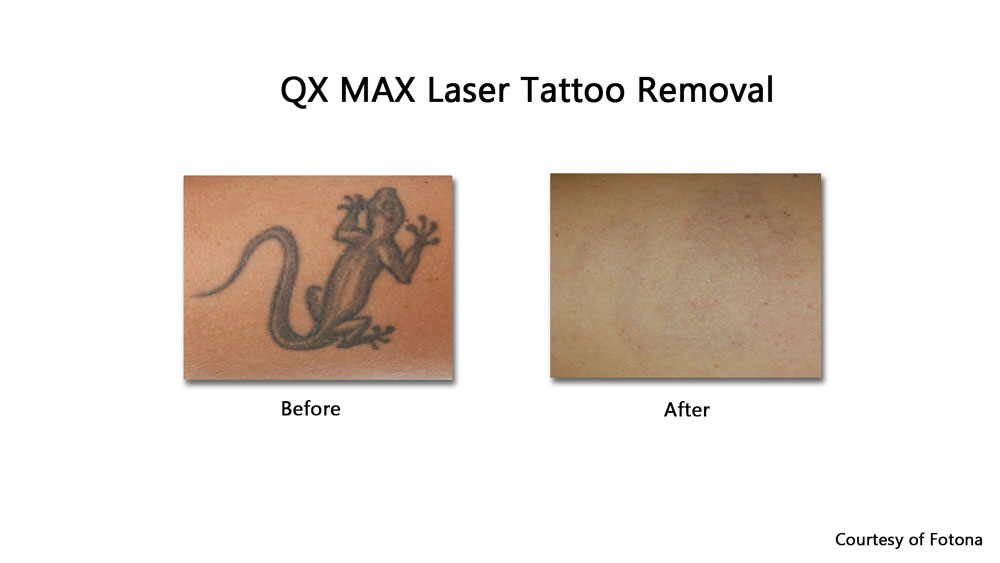
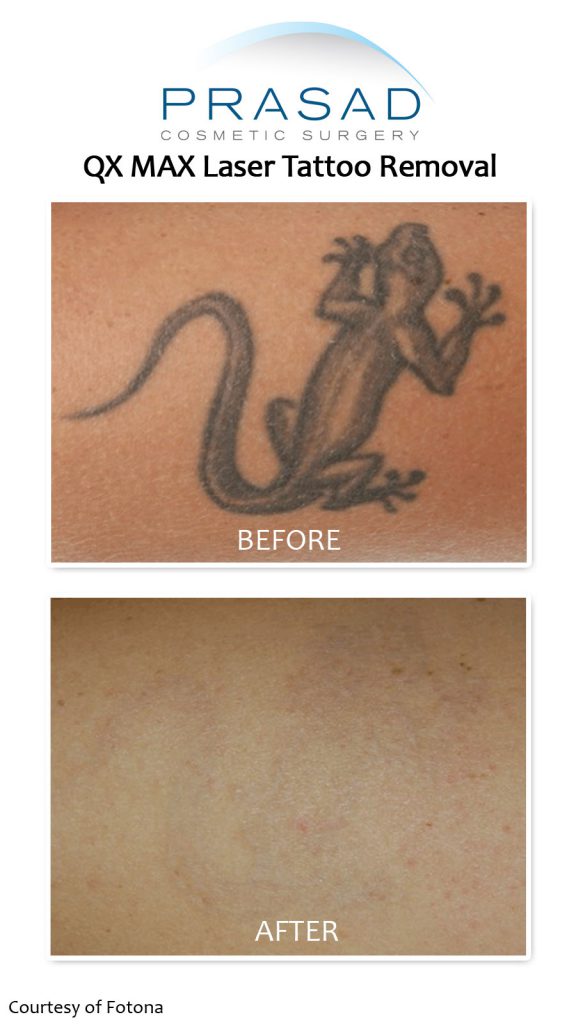
How Does Tattoo Removal Work
Tattoo Removal Before and After
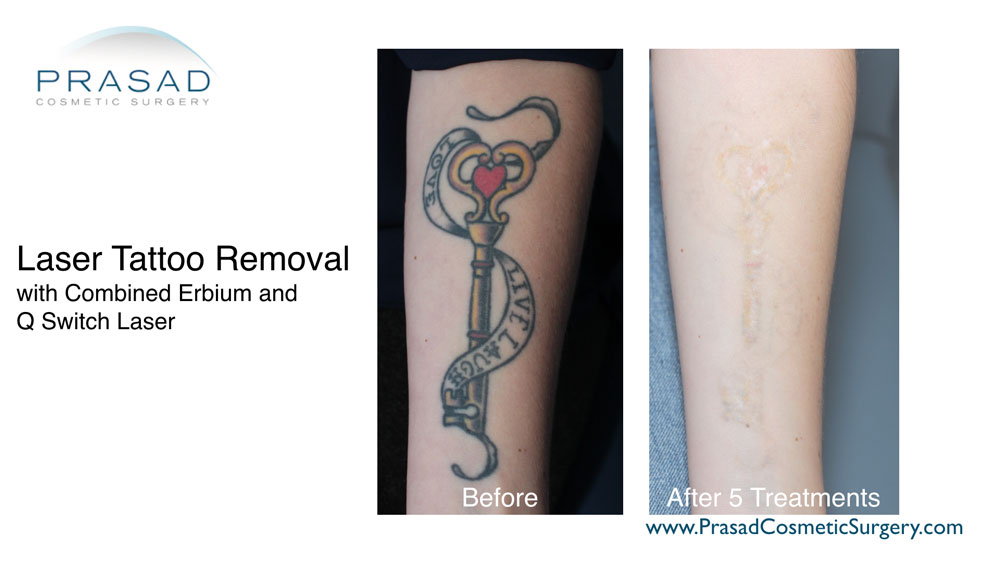
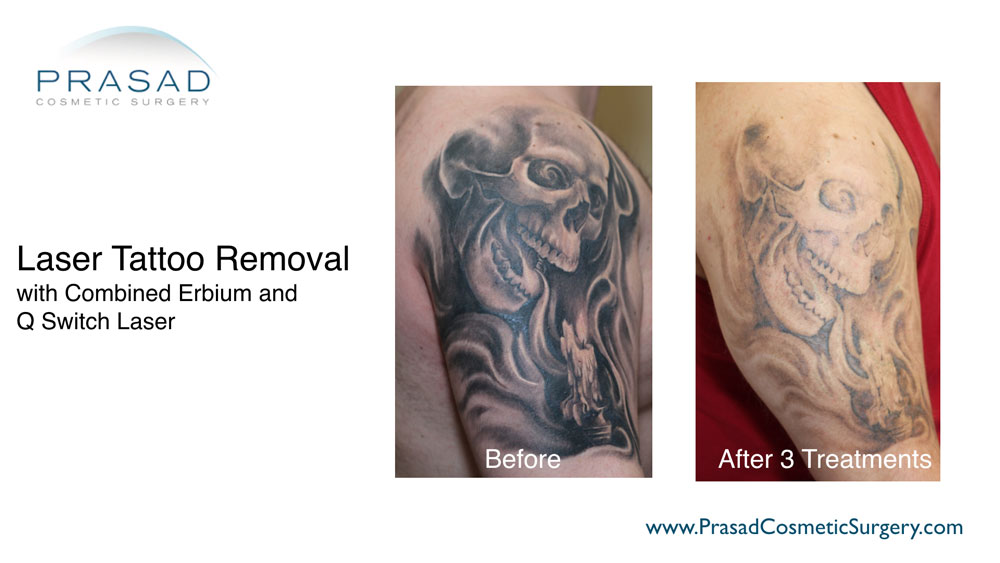
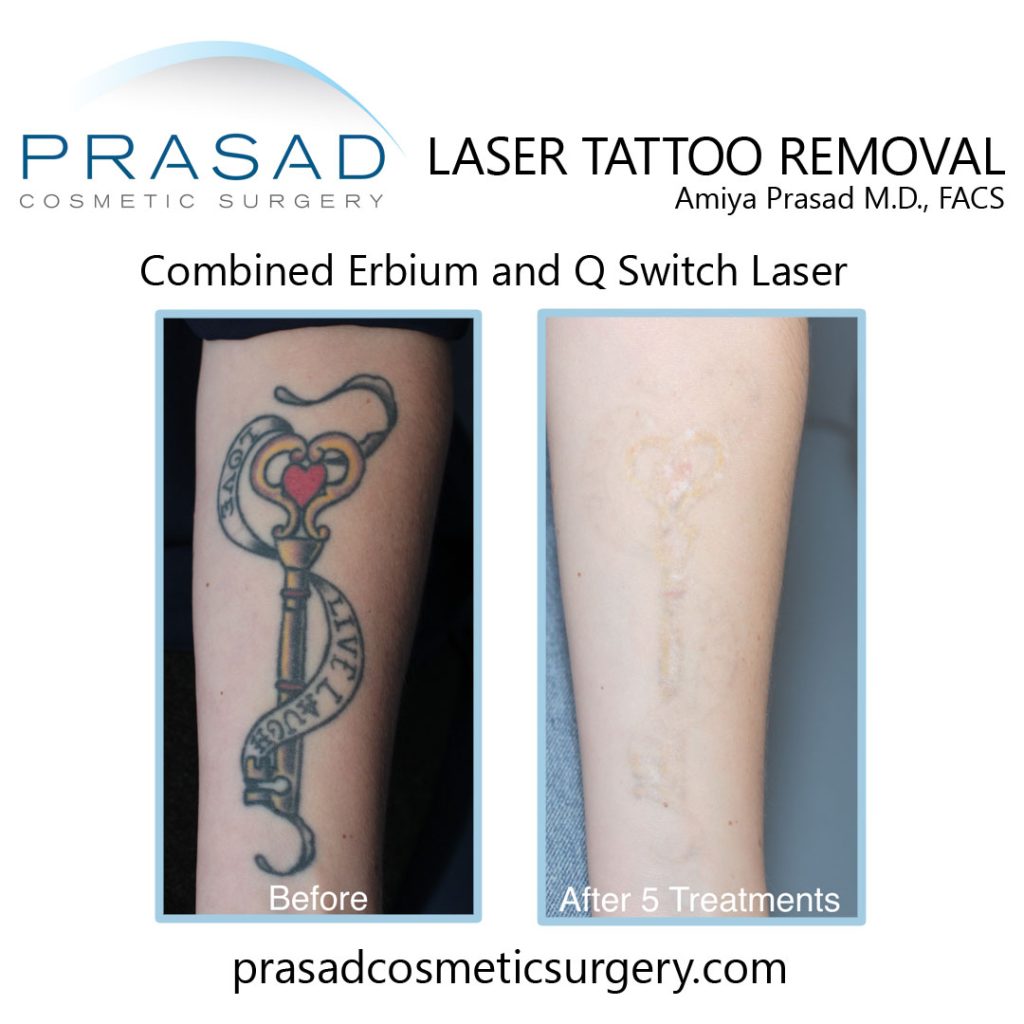
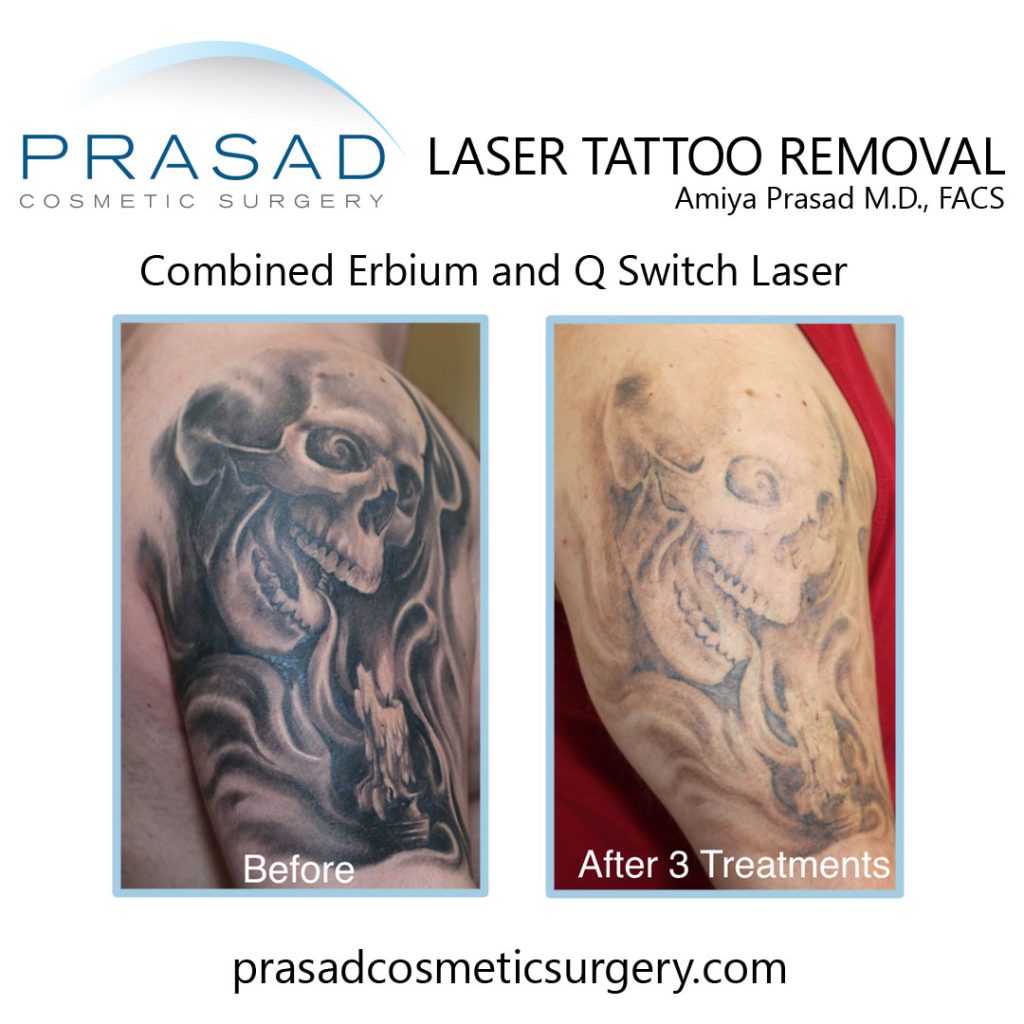
During the consultation, I evaluate the tattoo using what is known as the Kirby-Desai Scale. This scale estimates the number of treatments required based on skin type, location on the body, amount of ink, layering, scarring, tissue changes, and ink color.
Ink color is significant because different wavelengths of light are required to handle various colors. Certain hues are easier to treat than others. For example, a dark monochromatic tattoo with black ink is relatively easier to remove because black ink requires only one wavelength to be applied to the entire tattoo. A tattoo having several hues, such as blue, yellow, and red, requires certain wavelengths to be efficiently treated.
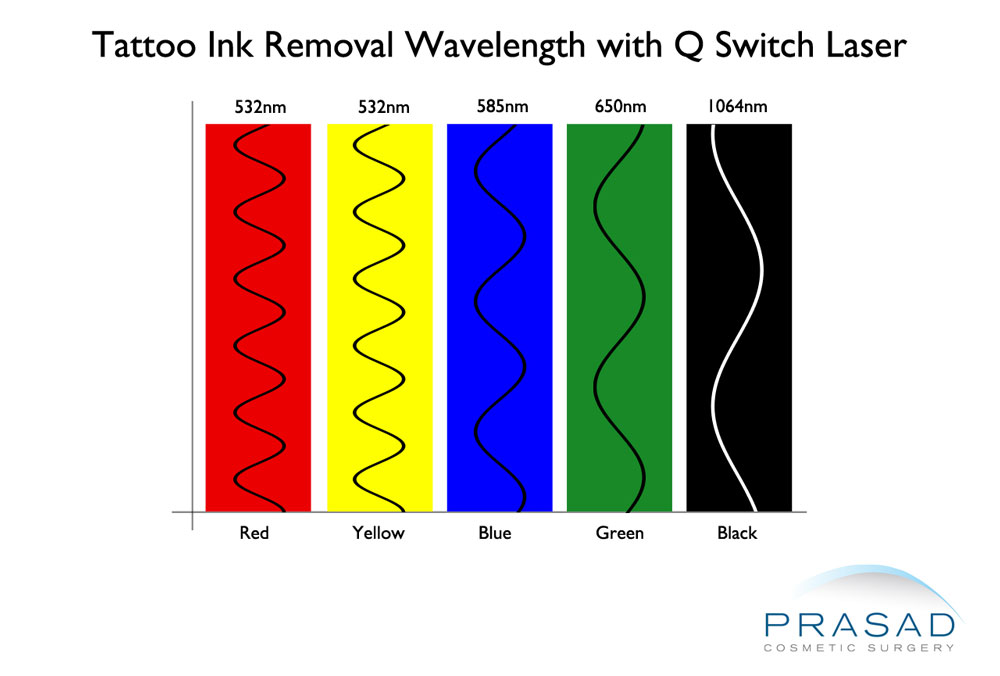
In our practice, we do things a little differently than typical tattoo laser methods. Tattoos are typically treated with Q-Switch, or Picosecond lasers. When the tattoo is treated, the pigment produces gas, which can cause a sensation similar to hot oil splattering on the skin, which can be really painful, and often leads to blisters.
Does Tattoo Removal Hurt?
In my practice, I routinely use local anesthetic injections to relieve pain, so the treatment is well-tolerated. To reduce blisters and speed up ink removal, we utilize a mix of lasers. The tattooed skin is initially treated with a fractional erbium laser to create microholes, which allow gasses to escape during the laser operation, preventing or reducing blister formation.
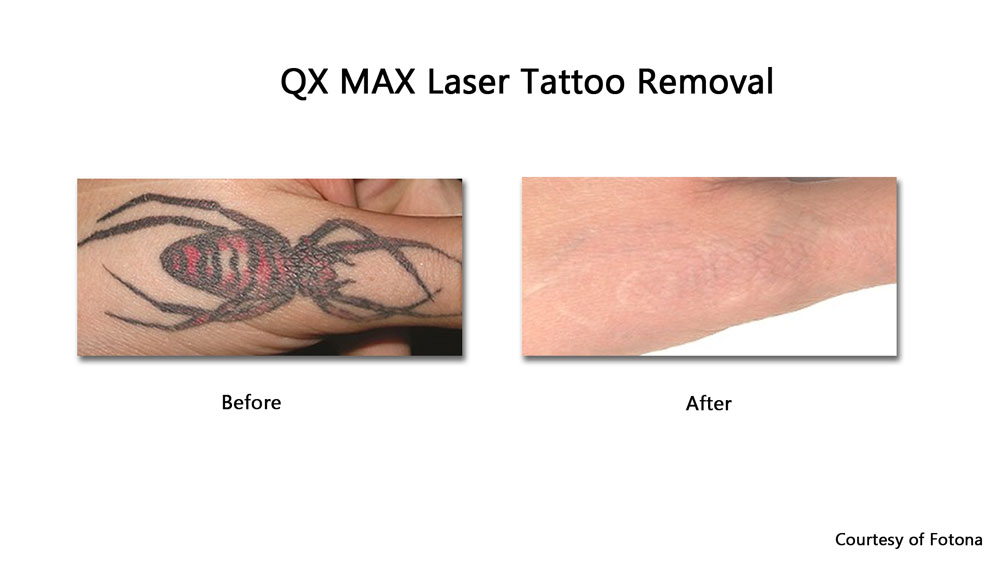
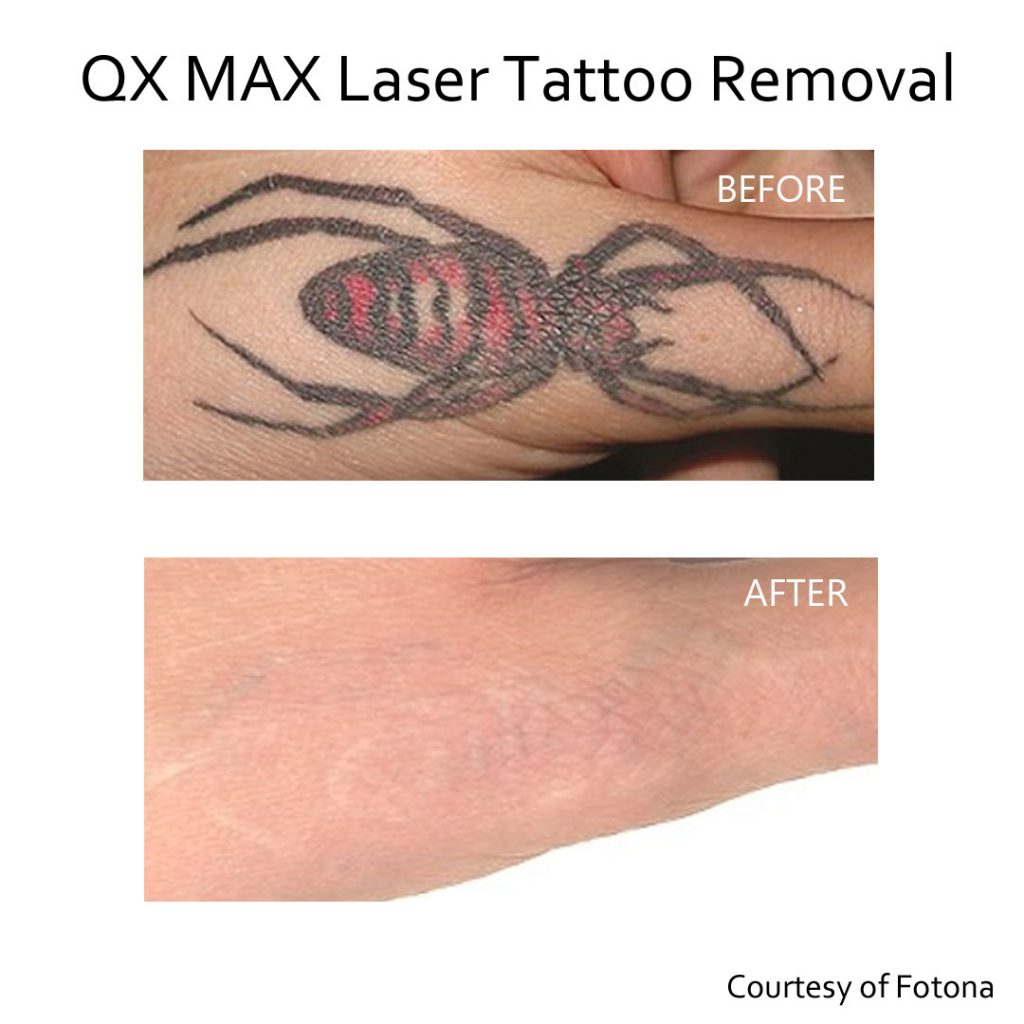
The fractional Erbium laser also allows some of the tattoo ink that has been broken down by the therapy to be removed externally via the skin’s surface, as opposed to exclusively through the lymphatic system when utilizing a Q-switch laser. After the fractional erbium laser has been completed, I employ the right wavelengths to treat the pigment with a Q-Switch laser. We use 1064nm for dark pigments like black; 532nm for red, purple, and orange tattoo inks; 650nm for green inks; and 585nm for blue inks.
The combination of an Erbium laser, and a Q-Switch laser, as well as the application of local anesthetic, make laser tattoo removal more comfortable, and heal faster.
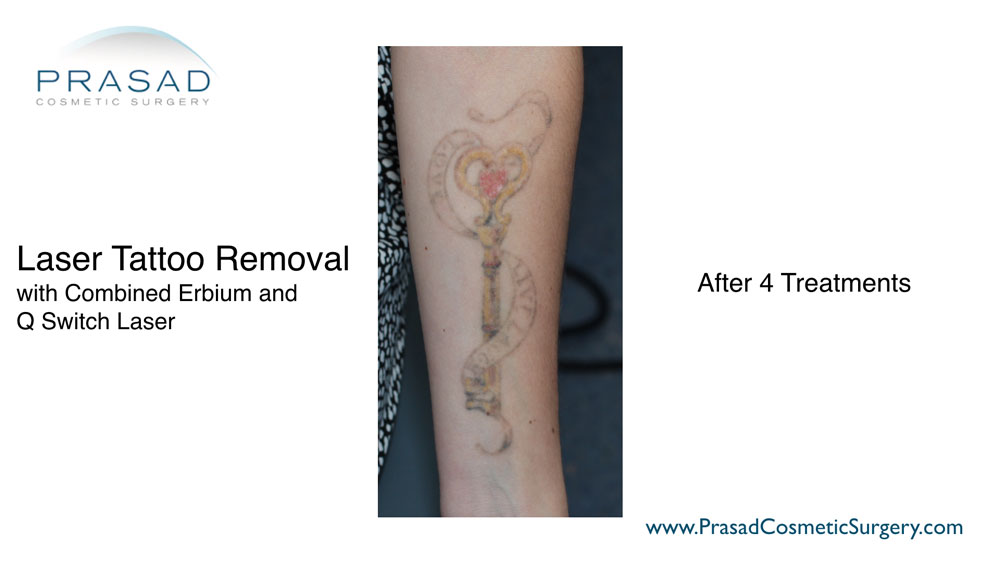
Tattoo removal often requires numerous sessions to achieve the best results. As the treatment plan progresses, the initial tattoo will remain visible, but fades with each consecutive session. Using the Q-Switch in conjunction with fractional Erbium can reduce the number of sessions required to adequately treat a tattoo by 30%. The intervals between therapy sessions are typically 6-8 weeks. Some basic skin care involving topical ointment, and a dressing is routine for a few days after treatment.
Conclusion
Many patients have come to me with tattoos who were originally reluctant to seek treatment due to the pain and healing process they saw in treatment videos online. By combining advanced laser technology and local anesthesia, I can assure that tattoo removal can be done safely, with less discomfort, and faster healing than traditional procedures.
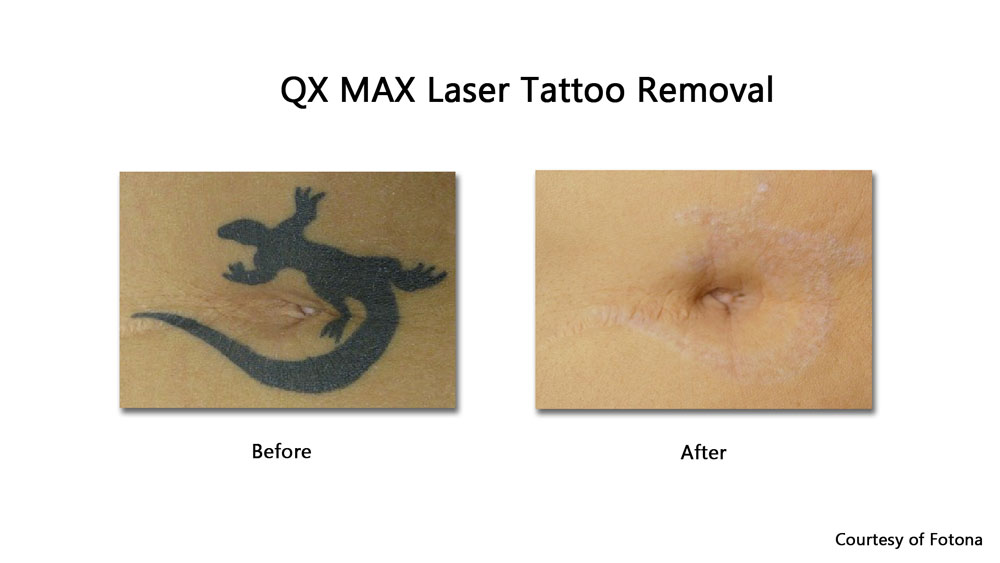
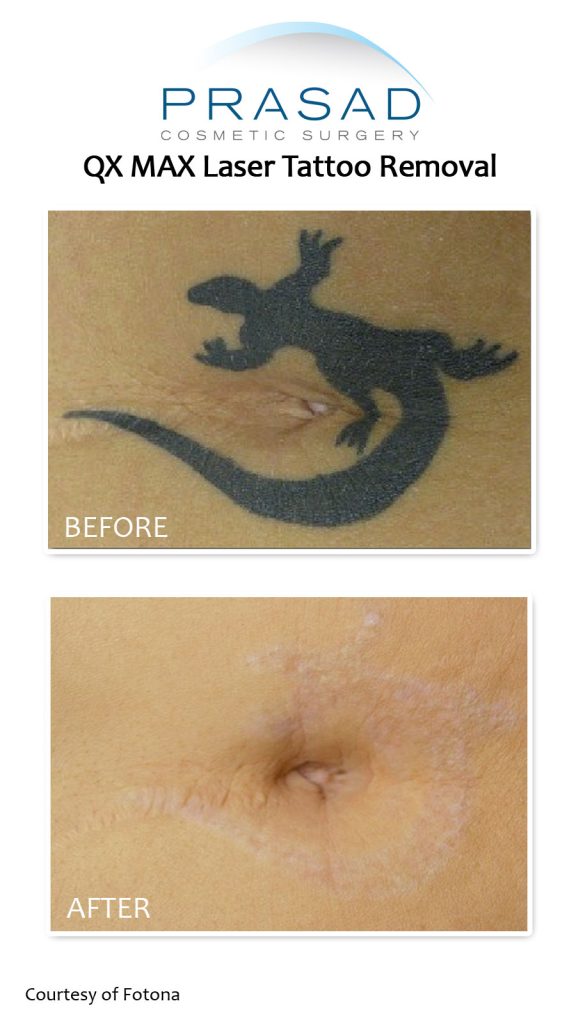
Tattoo Removal in Manhattan, NYC and Long Island, New York
Dr. Amiya Prasad is a Board-certified cosmetic surgeon, and Fellowship-trained oculofacial plastic and reconstructive surgeon. He’s been in practice in Manhattan and Long Island for over 25 years. To schedule an appointment, call us at (212) 265-8877 in Manhattan, NYC, or (516) 742-4636 Garden City (Long Island), or fill out the contact form below, and we will get back to you.
